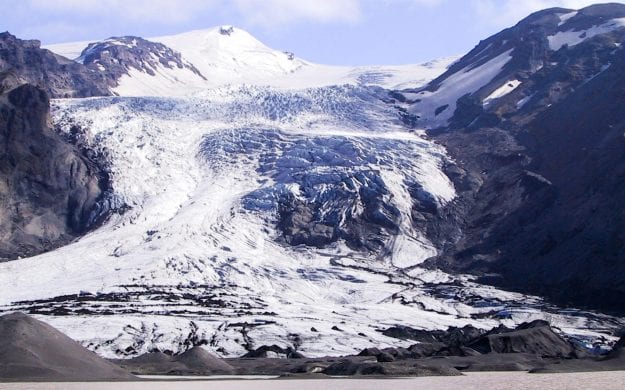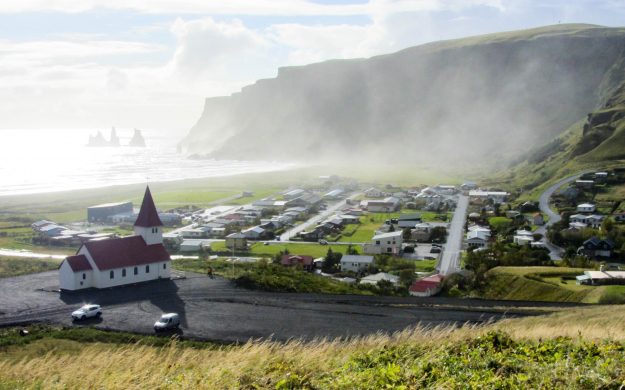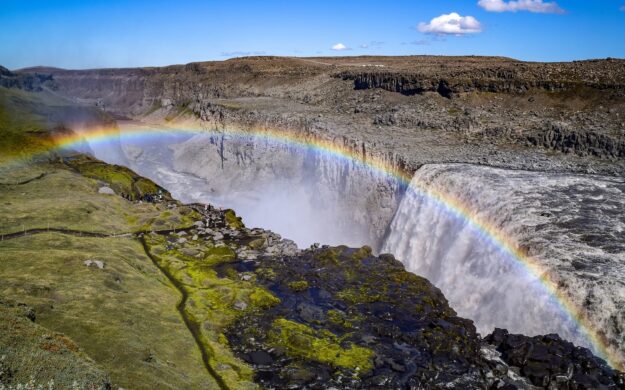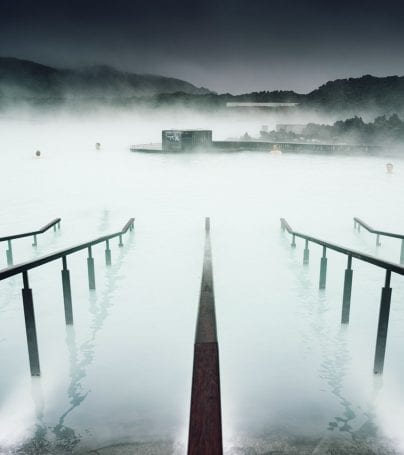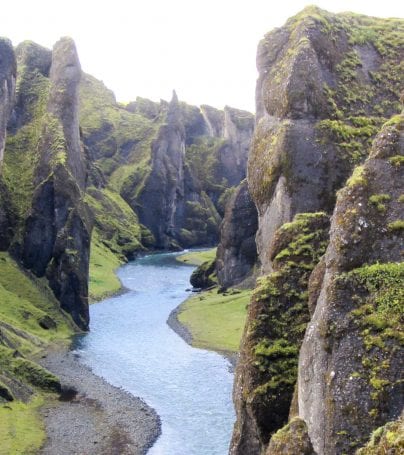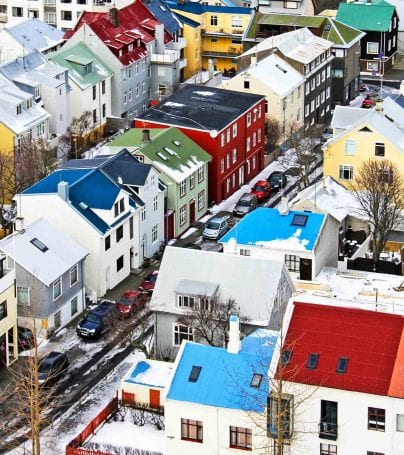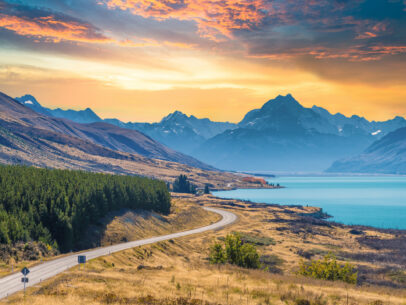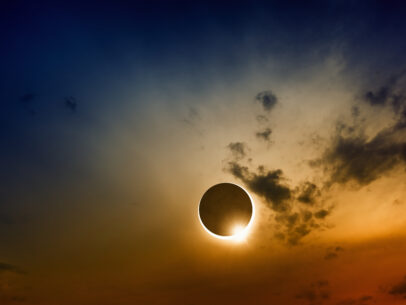Eyjafjallajokull Adventure Tours
Eyjafjallajokull (Icelandic for “island-mountain glacier”) — also known as E15, is one of the smaller ice caps of Iceland, situated to the north of Skógar and to the west of Mýrdalsjökull. The ice cap covers the caldera of a volcano with a summit elevation of 1,666 metres (5,466 ft) . The volcano has erupted relatively frequently since the last glacial period, most recently in 2010 and from 1821 to 1823. Around December 2009, seismic activity was detected in the volcano area, with thousands of small earthquakes (mostly magnitude 1–2 on the Richter magnitude scale, with only a couple greater than 3 magnitude) 7–10 kilometres (4.3–6.2 mi) beneath the volcano. On 26 February 2010, unusual seismic activity along with rapid expansion of the Earth’s crust was registered by the Meteorological Institute of Iceland. This gave geophysicists evidence that magma was pouring from underneath the crust into the magma chamber of the Eyjafjallajökull volcano and that pressure stemming from the process caused the huge crustal displacement at Þorvaldseyri farm. The seismic activity continued to increase and from 3–5 March, close to 3,000 earthquakes were measured at the epicentre of the volcano.
The eruption is thought to have begun on 20 March 2010, about 8 kilometres (5.0 mi) east of the top crater of the volcano, on Fimmvörðuháls, the high neck between Eyjafjallajökull and the neighboring icecap, Mýrdalsjökull. This first eruption, in the form of a fissure vent, did not occur under the glacier and was smaller in scale than had been expected by some geologists. The fissure opened on the north side of Fimmvörðuháls, directly across the popular hiking trail between Skógar, south of the pass, and Þórsmörk, immediately to the north.
On 14 April 2010 Eyjafjallajökull resumed erupting after a brief pause, this time from the top crater in the centre of the glacier, causing meltwater floods (also known as jökulhlaup) to rush down the nearby rivers, and requiring 800 people to be evacuated. This eruption was explosive in nature, due to melt water getting into the volcanic vent. It is estimated to be ten to twenty times larger than the previous one in Fimmvörðuháls. This second eruption threw volcanic ash several kilometers up in the atmosphere which led to air travel disruption in northwest Europe for six days from 15 April and in May 2010, including the closure of airspace over many parts of Europe. The eruptions also created electrical storms. On 23 May 2010, the London Volcanic Ash Advisory Commission declared the eruption to have stopped, but are continuing to monitor the volcano. The volcano continues to have several earthquakes daily, with Volcanologists watching the volcano closely. Only when activity has ceased for three months will it be considered dormant.
Customize Your Dream Adventure
We are here to help craft tailor-made adventures for individuals, couples, families, and groups of explorers.

